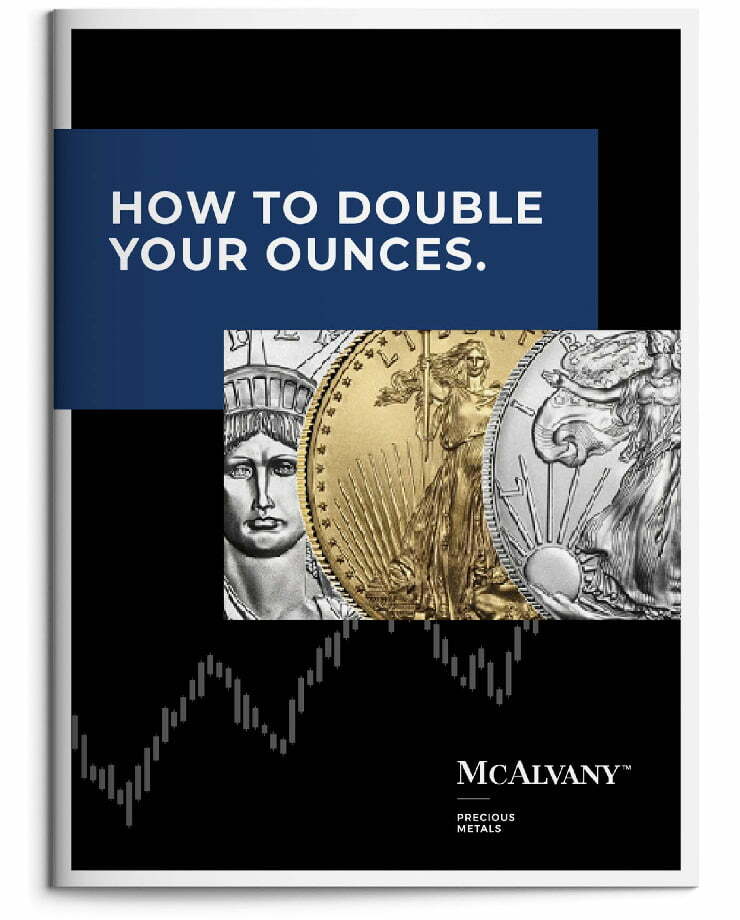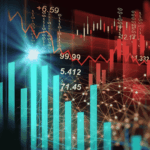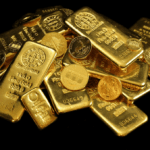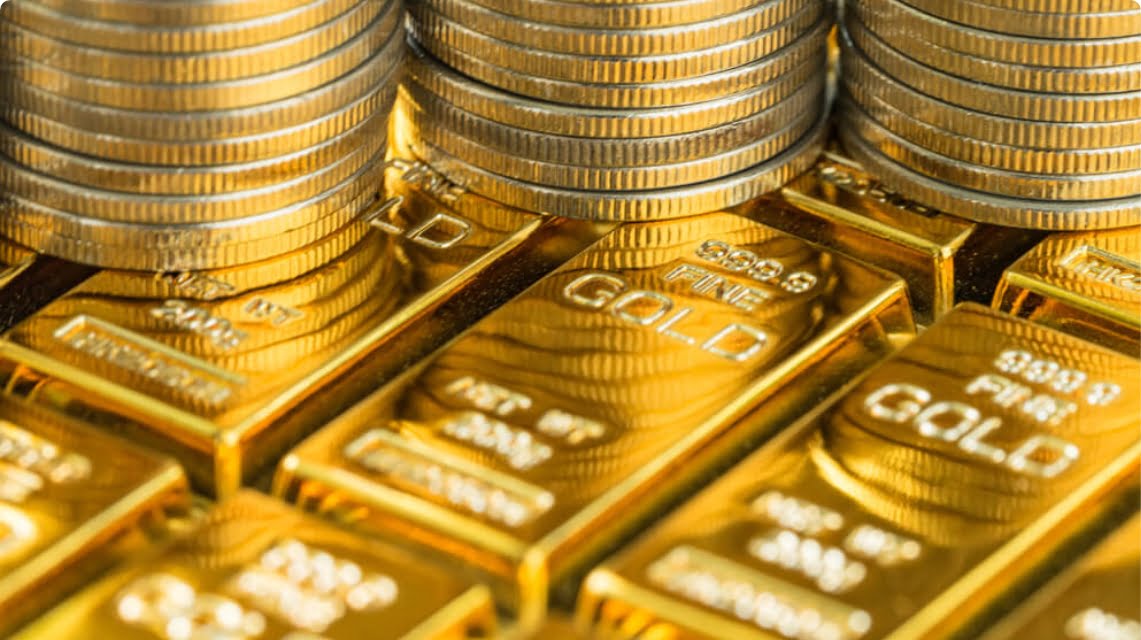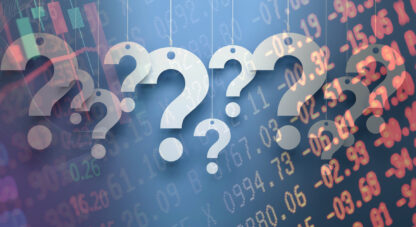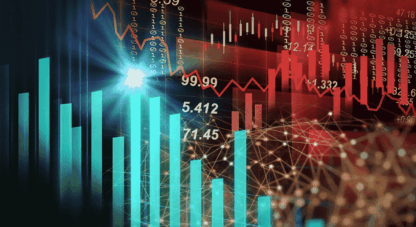This week’s insights from the McAlvany Financial Group cover a world in flux, where metals markets, geopolitics, and financial uncertainties converge to shape investment strategies. On their weekly commentary, David and Kevin analyze Israel’s precision strikes on Iranian targets. Gold and silver emerge as safer havens, reflecting growing skepticism toward Treasuries amid geopolitical and economic turbulence. Over in Doug’s corner, attention shifts to further analysis of the precarious balance between real and financial economies, with surging repo markets and tight corporate debt spreads signaling risks eerily reminiscent of 2008. Meanwhile, Morgan paints gold as the protagonist in a “silent global monetary regime change,” as central banks abandon Treasuries for gold at record pace, signaling the unraveling of the petrodollar system. Finally, the GRR crew informs us that platinum shines with a 6% surge, while gold and silver hold strong, bolstered by inflation fears and shifting central bank priorities. Across all discussions, a common thread emerges: in uncertain times, hard assets remain a shelter in the storm.
Key Takeaways:
- It’s historical—regimes change
- More on the real economy vs. financial economy
- More experts are turning to gold
- Spotlight on silver—and maybe platinum
The McAlvany Weekly Commentary: War, Nukes, & Regime Change
David and Kevin delve into the escalating conflict in the Middle East, with Israel’s precision strikes on Iranian military and nuclear targets marking a pivotal moment in regional geopolitics. They discuss Israel’s apparent strategy to decouple the Iranian regime from its nuclear ambitions while leaving its civilian infrastructure intact—a move aimed at enabling regime change without salting the proverbial fields. The hosts explore the broader implications, from oil prices (thankfully not yet reaching moonshot levels) to the global chessboard, where a weakened Iran could shift power dynamics in favor of the West and reduce reliance on Middle Eastern energy, thanks in part to U.S. shale and Saudi pipelines. Meanwhile, the duo notes the markets’ odd serenity, perhaps buoyed by a “seen-this-before” risk-on attitude. They also spotlight gold and silver as the new flight capital of choice, replacing Treasuries, as geopolitical volatility and bond market jitters intensify. Kevin reflects on historical parallels, from ancient Persia to more recent U.S.-backed regime changes, while David ponders whether bunker-busting bombs or subtler strategies will define the next chapter (a question since answered definitively, of course). All in all, it’s a week where uncertainty reigns supreme, but savvy investors look to hard assets as a steadying hand.
Credit Bubble Bulletin: Back For a Second Attempt
Doug examines the precarious dance between the “real economy sphere” and the inflated “financial sphere,” with central banks seemingly blindfolded in the spotlight. Chair Powell’s press conference showcased the Fed’s focus on tariffs and inflation uncertainty, while systemic risks like surging repo markets and speculative financial leverage went unacknowledged. Doug highlights a $7.8 trillion repo market ballooning at record pace, echoing pre-2008 crisis dynamics, and questions whether the Fed’s policies are nurturing a new “terminal phase excess.” Meanwhile, geopolitical tensions—Israel-Iran conflict, U.S.-China decoupling, and global stagflation whispers—form a stormy backdrop to these financial risks. On Wall Street, corporate debt spreads remain tight, but Doug warns of potential turmoil if Treasury yields drop while corporate rates spike. He also touches on the curious resilience of risk-on sentiment despite fragilities, fueled by a “buy-the-dip” culture and liquidity excess. With gold and silver maintaining their allure amid dollar doubts, Doug wonders if hard assets will emerge as the last haven in a world increasingly driven by speculative froth and geopolitical uncertainty.
Hard Asset Insights: Be Long and Hang On for the Ride
Morgan dives into the seismic shifts in the global monetary system, with gold emerging as the central character in what he calls a “silent global monetary regime change.” The post-1971 petrodollar system, built on the promise of U.S. Treasuries as a store of value, is unraveling under the weight of skyrocketing debt, inflation, and a Federal Reserve seemingly stuck between a rock and a hard place. Central banks, once loyal to U.S. Treasuries, have turned to gold, buying at a record pace of over 1,000 tonnes annually since 2022. Morgan highlights how gold has outperformed long-term Treasuries as a reserve asset, with oil producers increasingly favoring gold over dollars. Meanwhile, Western investors are finally waking up to the U.S.’s fiscal woes, with prominent voices like Jamie Dimon, Paul Tudor Jones, and Jeffrey Gundlach signaling a pivot toward gold as the new flight-to-quality asset. The stage is set for the next phase of the gold bull market, fueled by a growing Western investor base. With gold miners, silver, and even platinum showing strong performance, Morgan’s message is clear: the winds of monetary change are blowing, and gold is the ship to board. Hang on—it’s going to be quite a ride!
Golden Rule Radio: Markets Shift Toward Metals
In this week’s GRR, the spotlight is on the metals market, where platinum stole the show with a 6% surge, testing February highs and hinting at further gains—a sign it’s finally stepping out of palladium’s shadow. Gold held steady at $3,360, reaffirming its role as the new “flight to quality” asset amid rising geopolitical and economic uncertainty, while silver broke through its stubborn $35 ceiling, closing at $36.70, with analysts eyeing $38 and $40 as the next stops. Hosts discuss the shifting perception of gold as central banks ramp up purchases, moving away from dollar reliance, and the growing appeal of silver, now trading at a historically high 104:1 gold-to-silver ratio, suggesting it’s undervalued. They also touch on platinum’s volatility, driven by industrial demand and concentrated supply, making it an intriguing but speculative addition to a portfolio. The broader economic backdrop—ranging from inflation uncertainties to Federal Reserve signals—adds fuel to the metals rally. With diversification and ratio trading highlighted as smart strategies, the team reminds us that in uncertain times, precious metals remain a steadfast anchor.
